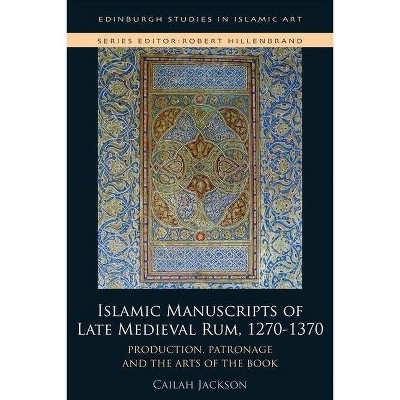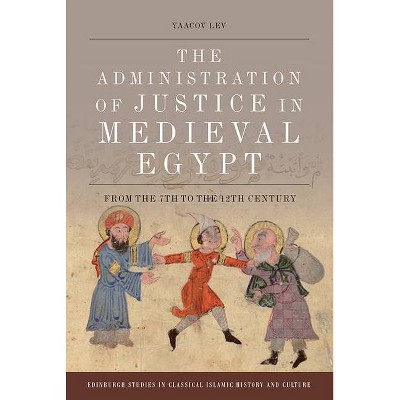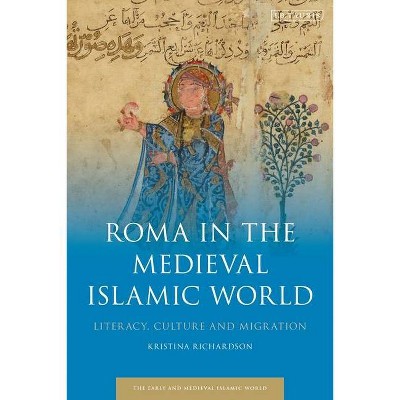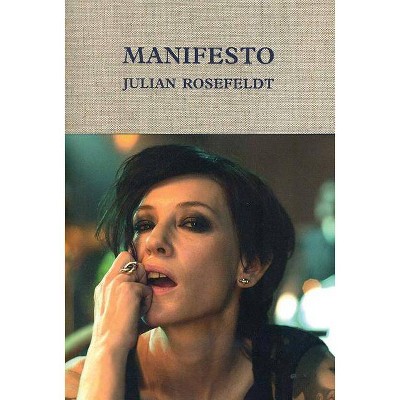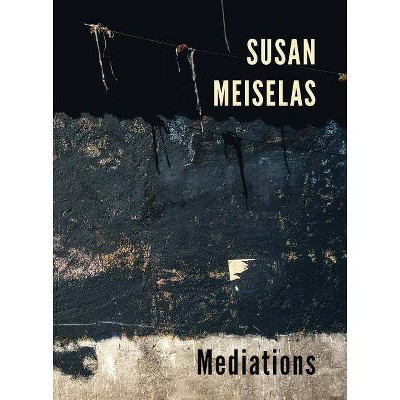Medieval Monuments of Central Asia - (Edinburgh Studies in Islamic Art) by Richard Piran McClary (Hardcover)

Similar Products
Products of same category from the store
AllProduct info
<p/><br></br><p><b> About the Book </b></p></br></br><p>This is a comprehensive study of the surviving monuments of the Qarakhanids - an important yet little-known medieval dynasty that ruled much of Central Asia between the late 10th and early 13th centuries. </p><p/><br></br><p><b> Book Synopsis </b></p></br></br><p>This is a comprehensive study of the surviving monuments of the Qarakhanids - an important yet little-known medieval dynasty that ruled much of Central Asia between the late 10th and early 13th centuries. Based on extensive fieldwork and many hard-to-find Russian sources, the book places the surviving monuments into the wider cultural context of the region. Many photographs and new ground-plans are included, as well as detailed studies of individual monuments and the wider architectural aesthetic. These monuments serve as the link between the mostly lost Samanid architecture and the far larger and better-known monuments of the Timurids. </p><p/><br></br><p><b> From the Back Cover </b></p></br></br>Studies the surviving pre-Mongol monuments of Islamic architecture in Central Asia This is a comprehensive study of the surviving monuments of the Qarakhanids - an important yet little-known medieval dynasty that ruled much of Central Asia between the late 10th and early 13th centuries. Based on extensive fieldwork and many hard-to-find Russian sources, the book places the surviving monuments into the wider cultural context of the region. Many photographs and new ground-plans are included, as well as detailed studies of individual monuments and the wider architectural aesthetic. These monuments serve as the link between the mostly lost Samanid architecture and the far larger and better-known monuments of the Timurids. Key Features The first complete overview of the corpus of Qarakhanid monuments, with a detailed overview of the extant Soviet-era literature and a study of the inscriptions Includes archival images from Soviet-era publications showing the buildings prior to loss or reconstruction Integrates the monuments into the wider region, transcending the nationalist approach of much of the earlier scholarship Includes an easy-to-use gazetteer to facilitate finding the monuments Features extensive colour images of many previously unpublished details of the buildings Integrates the extant structures and the extensive but hard-to find archeological evidence Examines the links between architecture and smaller-scale material culture, especially the epigraphy seen on coins Includes detailed studies of the major Qarakhanid monuments including the Shah Fazl tomb in Safid Buland, the three tombs in Uzgend and the Kalan minaret in Bukhara Richard P. McClary is Islamic Art and Architecture Lecturer at the University of York. He is the author of Rum Seljuq Architecture, 1170-1220: The Patronage of Sultans (Edinburgh University Press, 2017).<p/><br></br><p><b> About the Author </b></p></br></br><p>Richard Piran McClary is Lecturer in Islamic Art & Architecture at the University of York. He is the author of Medieval Monuments of Central Asia: Qarakhanid Architecture of the 11th and 12th centuries (EUP, 2020) and Rum Seljuq Architecture 1170-1220: The Patronage of Sultans (EUP, 2017). He has also co-edited the volume (with Andrew Peacock) Turkish History and Culture in India: Identity, Art and Transregional Connections (Brill, 2020). Richard has lectured extensively on the topic of Medieval Islamic architecture around the world and has conducted fieldwork in India, Turkey, Central Asia and the Middle East. He has published numerous articles and book chapters on the topic of medieval Islamic architecture and ceramics.<p>
Price History
Price Archive shows prices from various stores, lets you see history and find the cheapest. There is no actual sale on the website. For all support, inquiry and suggestion messages communication@pricearchive.us
